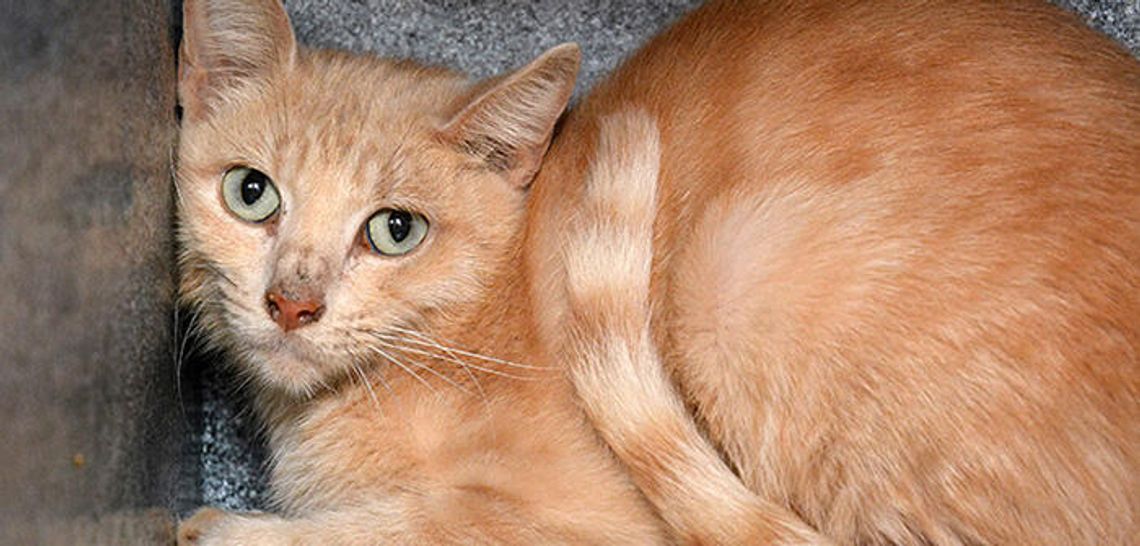‘No kill’ initiative gets push from national group
By Anita Miller
Local advocates on behalf of community cats received some insight from a much larger organization on Sept. 9 that was promoting trap-neuter-return and encouraging more volunteer participation with the San Marcos Regional Animal Shelter, the only intake facility in Hays County.
Molly Armus, staff attorney for Alley Cat Allies, was one of the speakers at the Sept. 9 presentation, “Helping Cats in Your Community,” which was held in Kyle.
Molly Armus, staff attorney for Alley Cat Allies, explained that trap-neuter-return (TNR), a movement that began in the United Kingdom more than three decades ago, is the “only effective, human approach” to manage free-roaming community cats.
“They are some of my heroes,” said county resident Sharri Boyett of Pet Prevent a Litter of Central Texas, who attended the program. “They are known as global leaders in cat advocacy.”
Armus explained that trap-neuter-return (TNR), a movement that began in the United Kingdom more than three decades ago, is the “only effective, human approach” to manage free-roaming community cats. In the course of the program, she said, community cats are “trapped humanely, taken to a veterinarian where they are spayed or neutered and given an ear tip” that distinguishes them as having been spayed or neutered, then returned to the area where they had been living and thriving.
TNR, which has been implemented by animal shelter and animal control departments throughout the country, is popular “primarily because it effectively ends the breeding cycle and reduces the number of cats in shelters and the number of cats being euthanized” — and also saves taxpayer money.
Boyett said in Hays County, it costs about $35 to spay or neuter a cat, while the cost of “managing” — which includes holding and either adopting or destroying the animal — can cost up to $200 per animal.
“We really talked to advocates to give them tools to take to other stakeholders in the community — animal shelter staff, elected officials and others — to continue to save more lives,” Armus said. “We’re looking forward to continuing to have a dialogue to expand to other humane programs.” Armus said her organization offers similar workshop across the country and, in Hays County, works with local and Texas-based organizations devoted to the welfare of cats.
Though most TNR programs depend heavily on volunteers, a whole range of people working in the background are necessary for the program to be successful, including the staff of animals shelters and animal control officers.
“We’re going to continue supporting local volunteers and improving the live release rate at the shelter,” Armus said.
Boyett, who noted there are “abundant” kittens throughout Hays County right now, called for county government to offer more resources for spay and neuter for both cats and dogs. The San Marcos regional shelter is currently in the process of moving to a “no kill” facility, she added.
“Cats inhabit rural and urban areas all around our community. Cats deserve to live,” Boyett said. “The choice of the Animal Services Department must be to provide spay and neuter programs. Trap-neuter-return is the only humane option for the Hays County No Kill initiative. We must fix them, return them, let them live … encourage your readers to help fix all cats — ones they own and those free-roaming community cats. Traps can be borrowed and low-cost options exist for those willing to help unowned cats.”
Boyett said other initiatives that can benefit community cats include robust foster and adoption programs, public relations and community outreach.
For more, visit alleycat.org or preventalitter.com.











